Danish Government Conducts Nationwide Evaluation of eDNA to Support Monitoring of Denmark's Endangered Amphibians
Denmark tests eDNA monitoring across entire country as government seeks faster, cheaper way to track endangered species
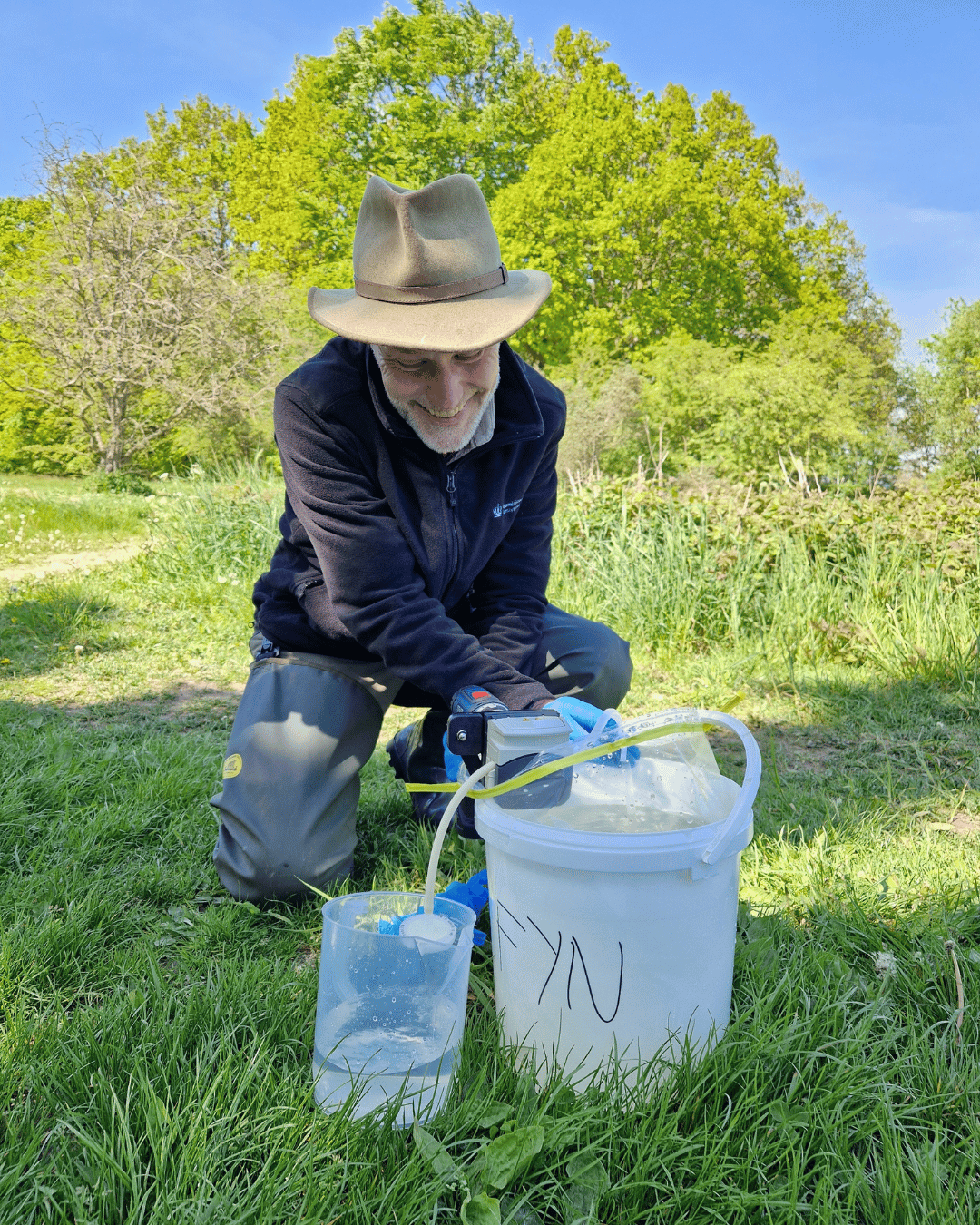
A collaboration between
Project Snapshot
Overview
A collaboration between NatureMetrics and the Danish Agency for Green Transition and Aquatic Environment (formerly Environmental Protection Agency) aims to enhance Denmark's capabilities for a cost-efficient monitoring of several protected species at national scale.
The Danish Agency had an interest in testing the potential of integrating eDNA into the agency’s existing frameworks to monitor some of the protected and vulnerable species more effectively (costs, longer timeframes and results), based on eDNA data across the country. This work may potentially support Denmark’s obligations under the EU Habitats, contributing to NOVANA—a national programme monitoring aquatic and terrestrial ecosystems.
By combining the agency's ecological expertise with NatureMetrics' eDNA expertise, this partnership has (alongside other partnerships) initiated discussions about how new standards may be set for how governments may effectively monitor vulnerable species nationwide.

The Challenge
The Danish Agency faces different challenges in their monitoring programme at a national scale. The scope of NOVANA calls for regular monitoring across a large number of Habitat sites to fulfil EU reporting obligations. A task that demands extensive labour in a short period of time and financial resources using conventional methods.
Katrine Hansen Lemming, the project manager and biologist, explained that some of the traditional "boots on the ground" approaches with specialists can be time-intensive and weather-dependent with the Summer period being particularly overloaded with monitoring tasks. The agency is also limited by a narrow sampling window, as traditional methods are only effective during specific months when amphibians are most visible.
Jens Erik Lindgaard Hansen, a biologist with the agency, emphasized the need for standardisation: "We divide the country into ten-by-ten squares and monitor four ponds per square all over the country, when we monitor the amphibians as well as other species. We need more efficient methods to collect this data." Additionally, conventional methods might result in false negatives when species were present but not detected, making it difficult to accurately assess population distributions.
The agency was seeking for a solution that could not only provide more comprehensive data but also potentially extend the monitoring season, distribute workload more evenly, deliver standardised results regardless of who collected the samples and importantly be more cost-efficient. The challenge was to verify whether eDNA could reliably deliver these benefits at national scale before integrating it into government protocols.

Katrine Hansen Lemming
Project Manager and Biologist, Danish Agency for Green Transition and Aquatic Environment
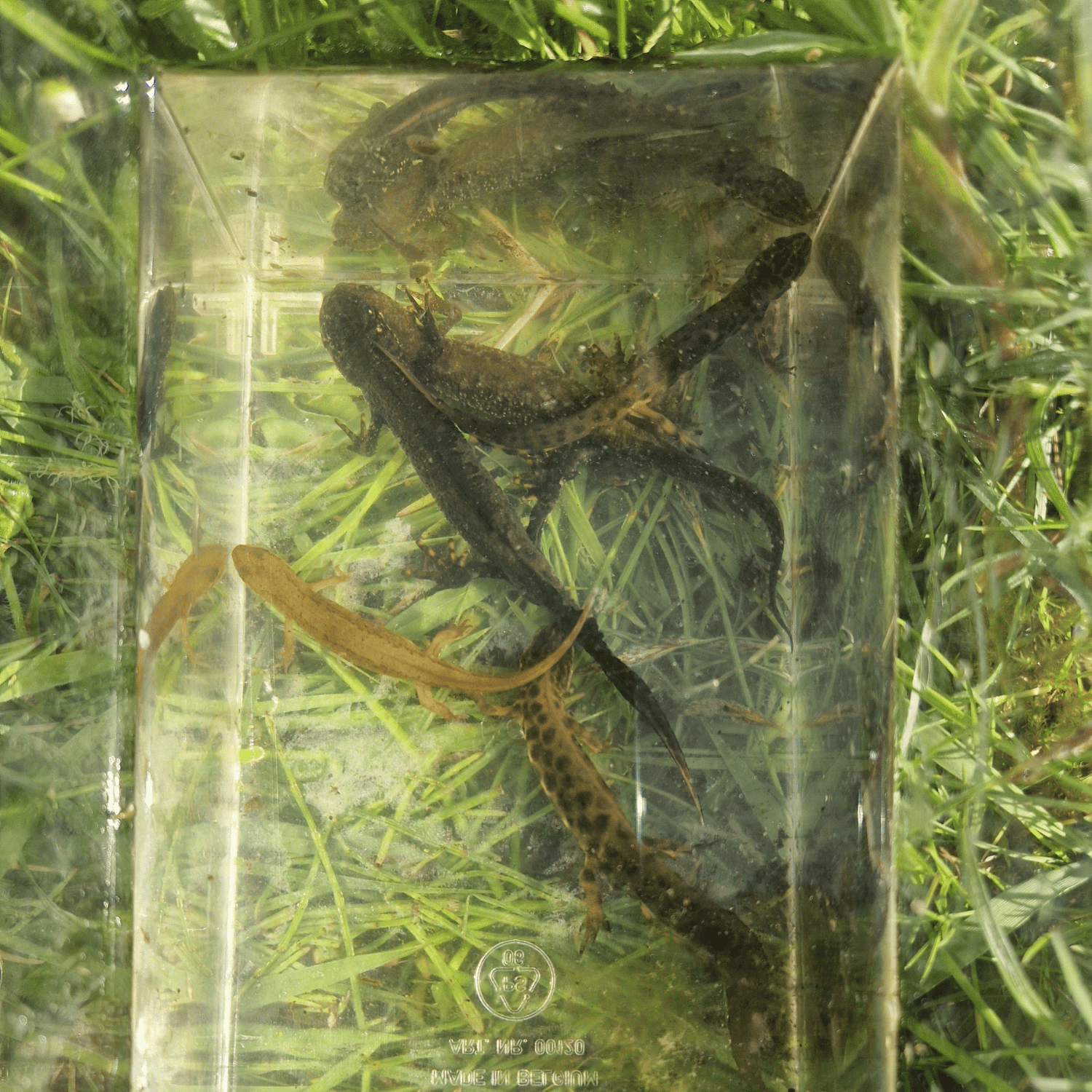
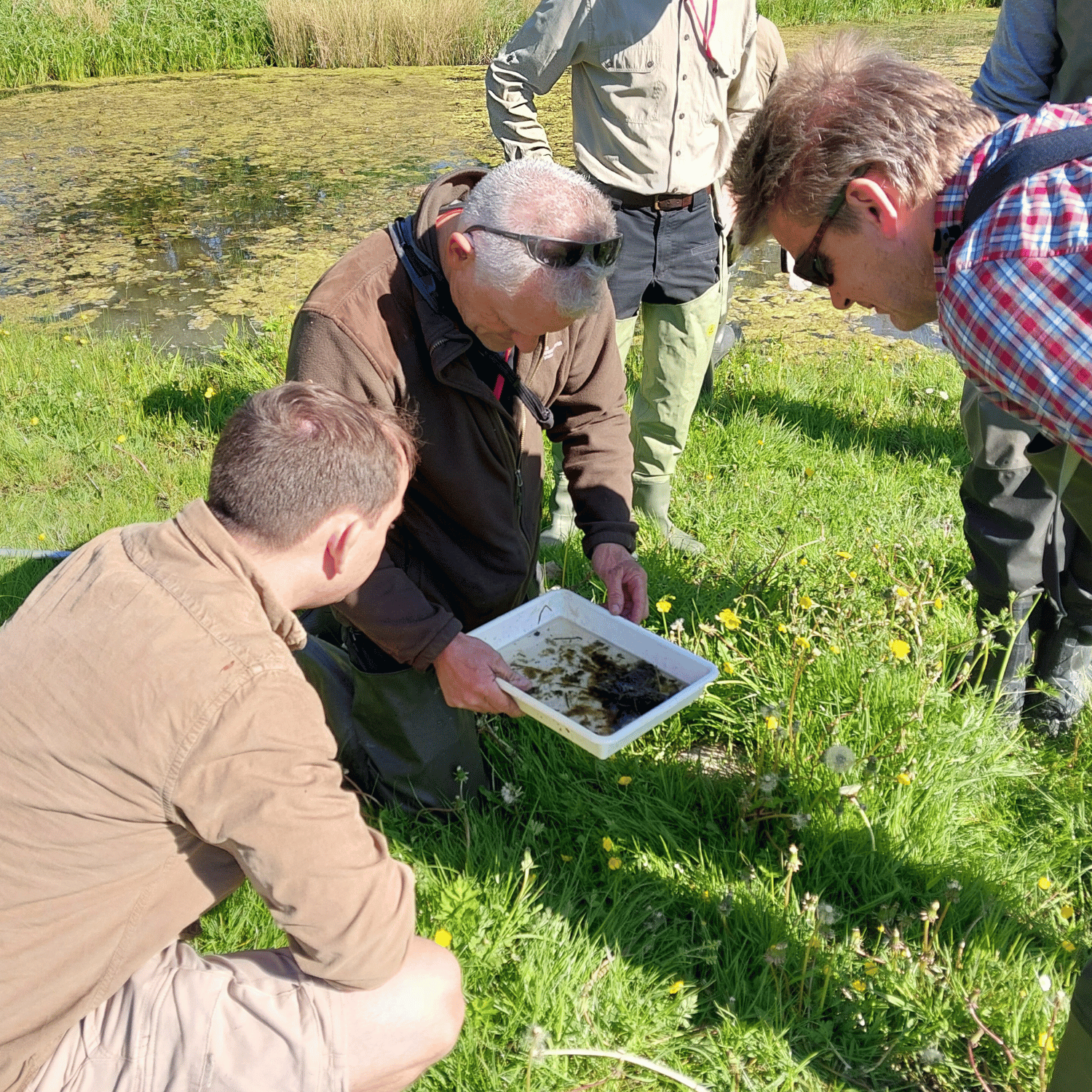
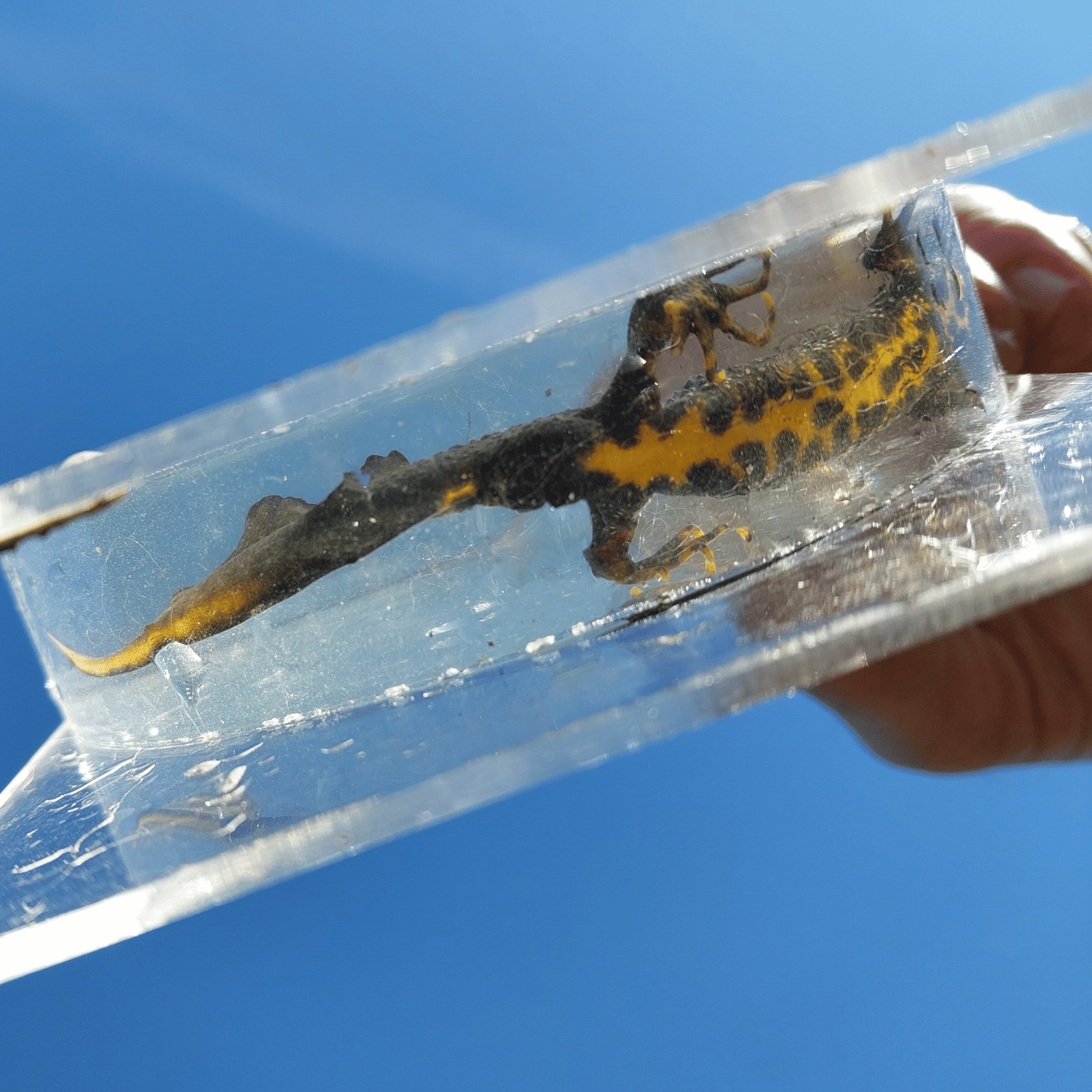
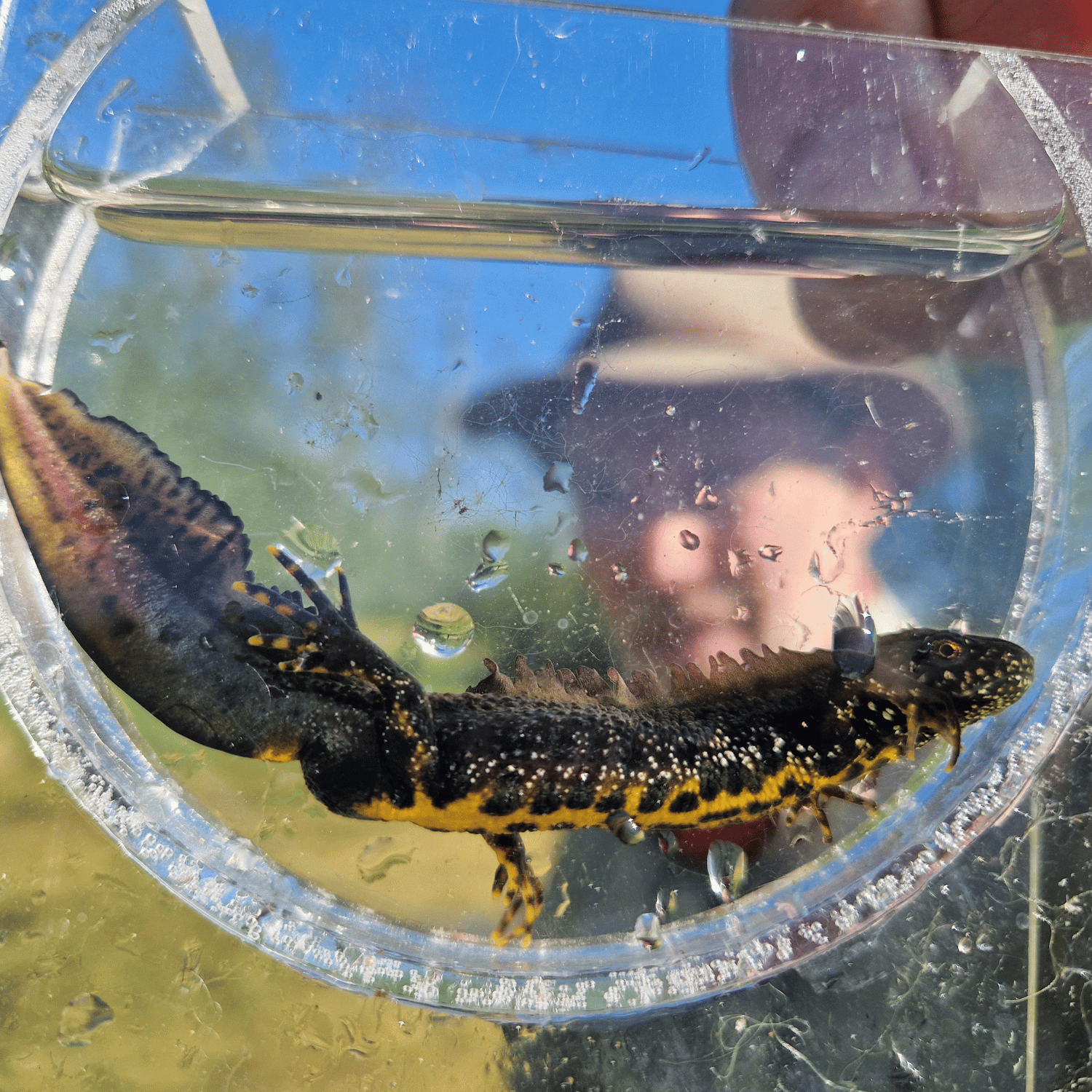
Our Role
NatureMetrics supported the Danish agency's ambitious nationwide study by providing eDNA sampling kits and laboratory services for over 230 locations, ensuring consistent collection methods across Denmark. Our laboratory processed the samples using both targeted qPCR tests for Great Crested Newts and metabarcoding for broader species assessment, delivering smooth operation procedures and comprehensive results within an 8-week timeframe.
NatureMetrics also supported the agency in their plans of implementing rigorous field hygiene practices and daily negative controls to minimise contamination - a key factor in building trust in eDNA data. False positives and contamination risks were mitigated through careful sampling protocols, equipment sterilization, and robust lab procedures.
The technical team of NatureMetrics held multiple consultation sessions to answer questions about CT values, interpretation thresholds, and quality controls, exemplifying how the agency can ensure smooth integration of eDNA technology into their existing workflows and develop robust national protocols. Jens Erik praised the collaborative efforts, noting that the support provided was "essential in helping us understand and utilize the data more effectively." and that “it can be challenging to find a lab who can take in all those samples, process them and then give results in a fairly short amount of time”.

Jens Erik Lindgaard Hansen
Senior Advisor, Danish Agency for Green Transition and Aquatic Environment
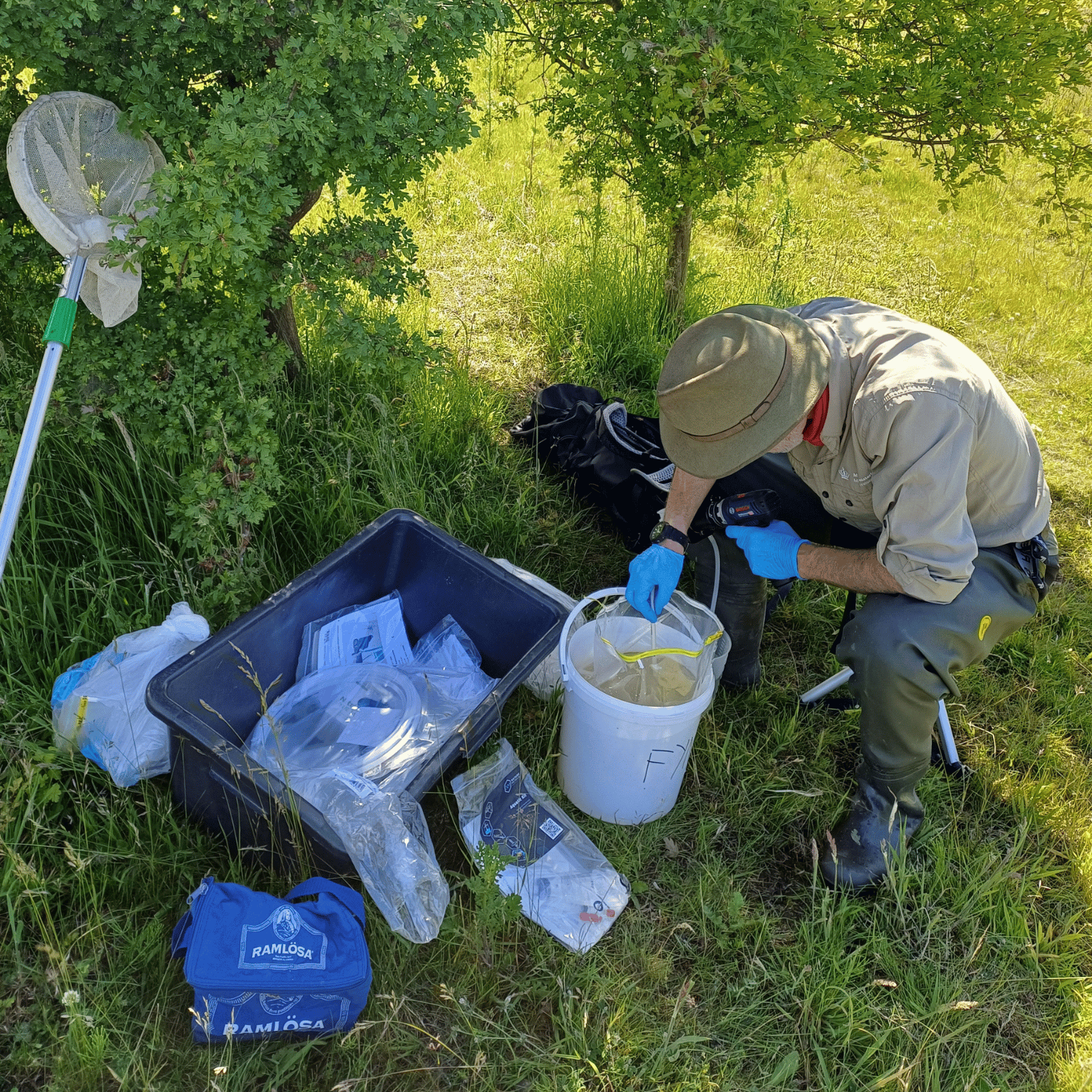
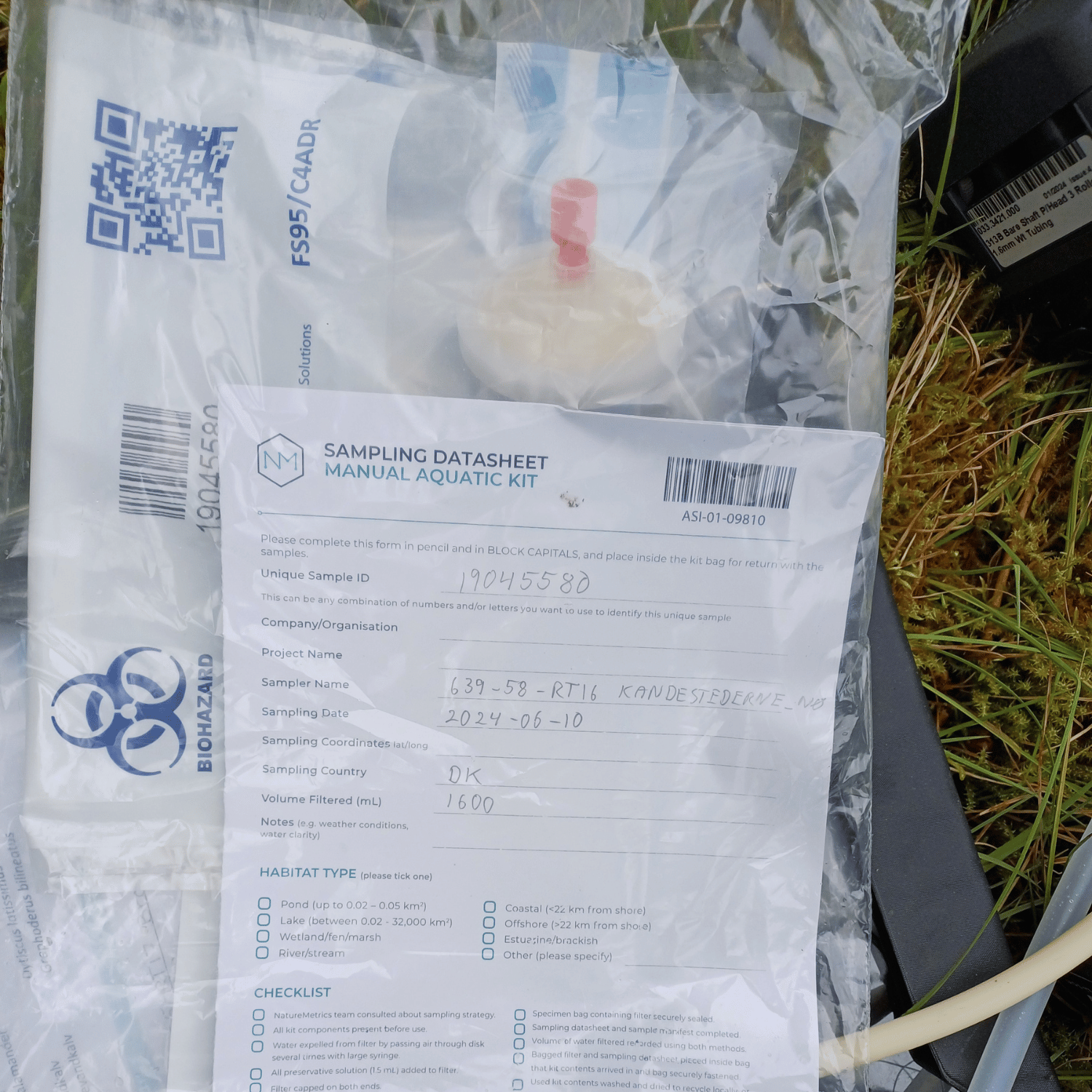
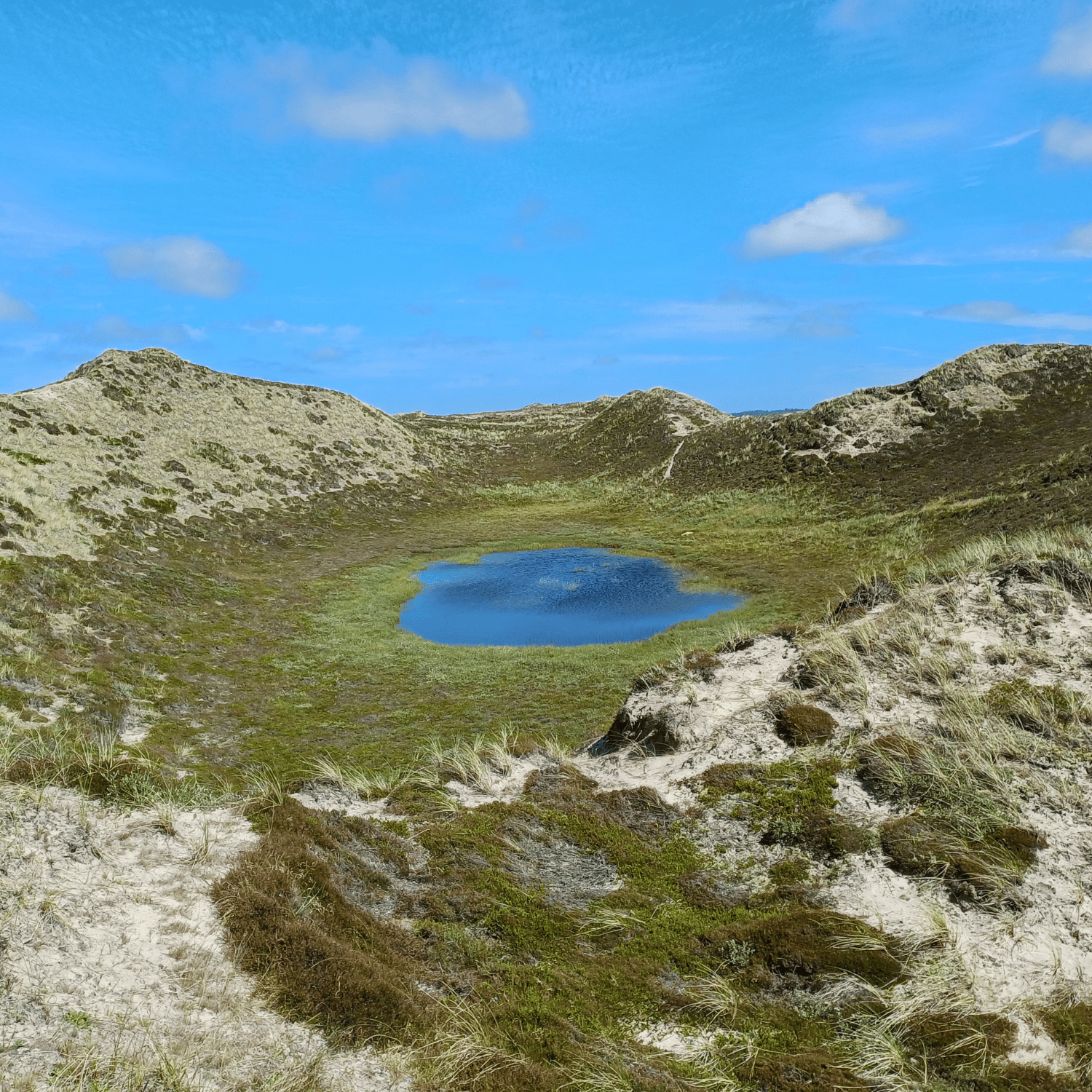
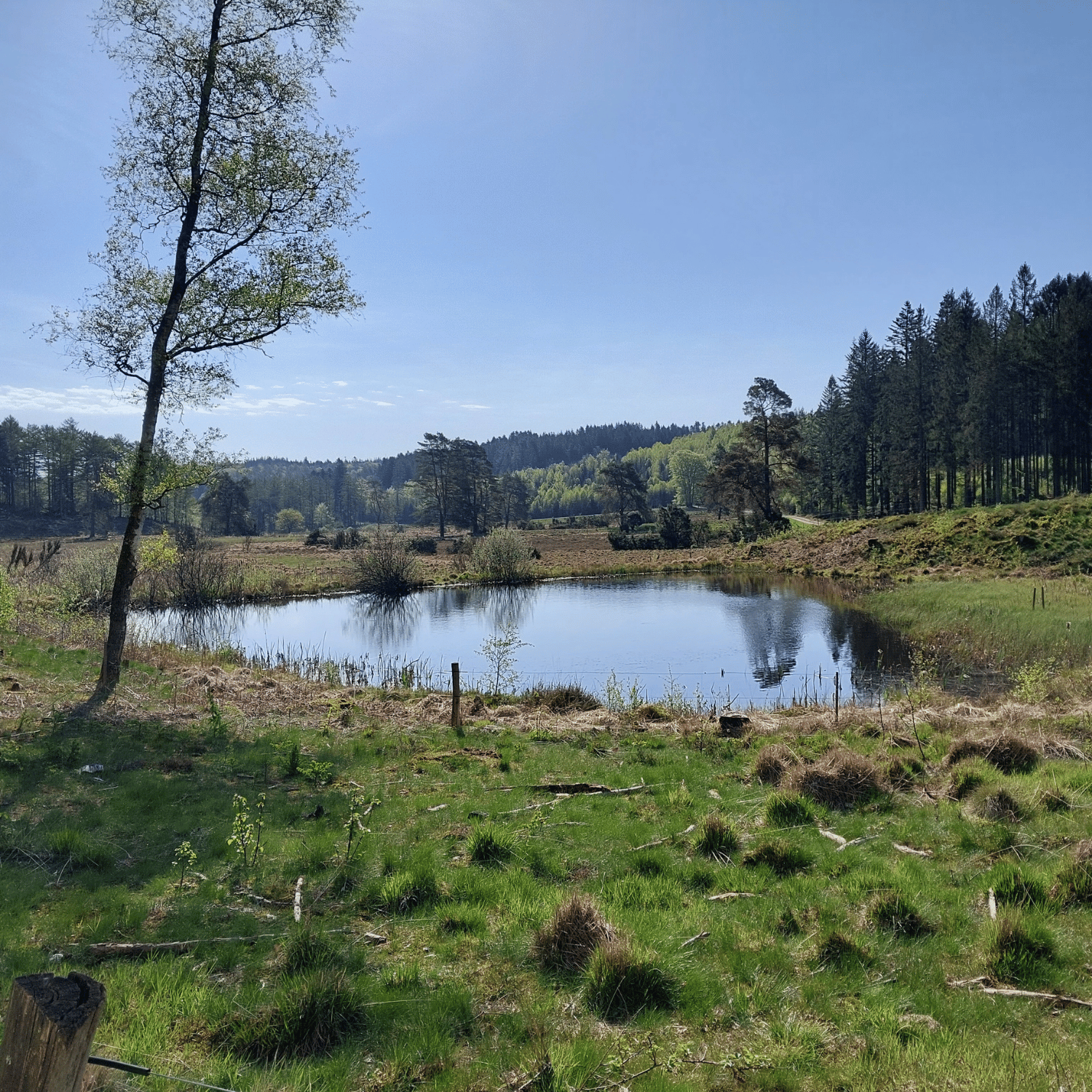
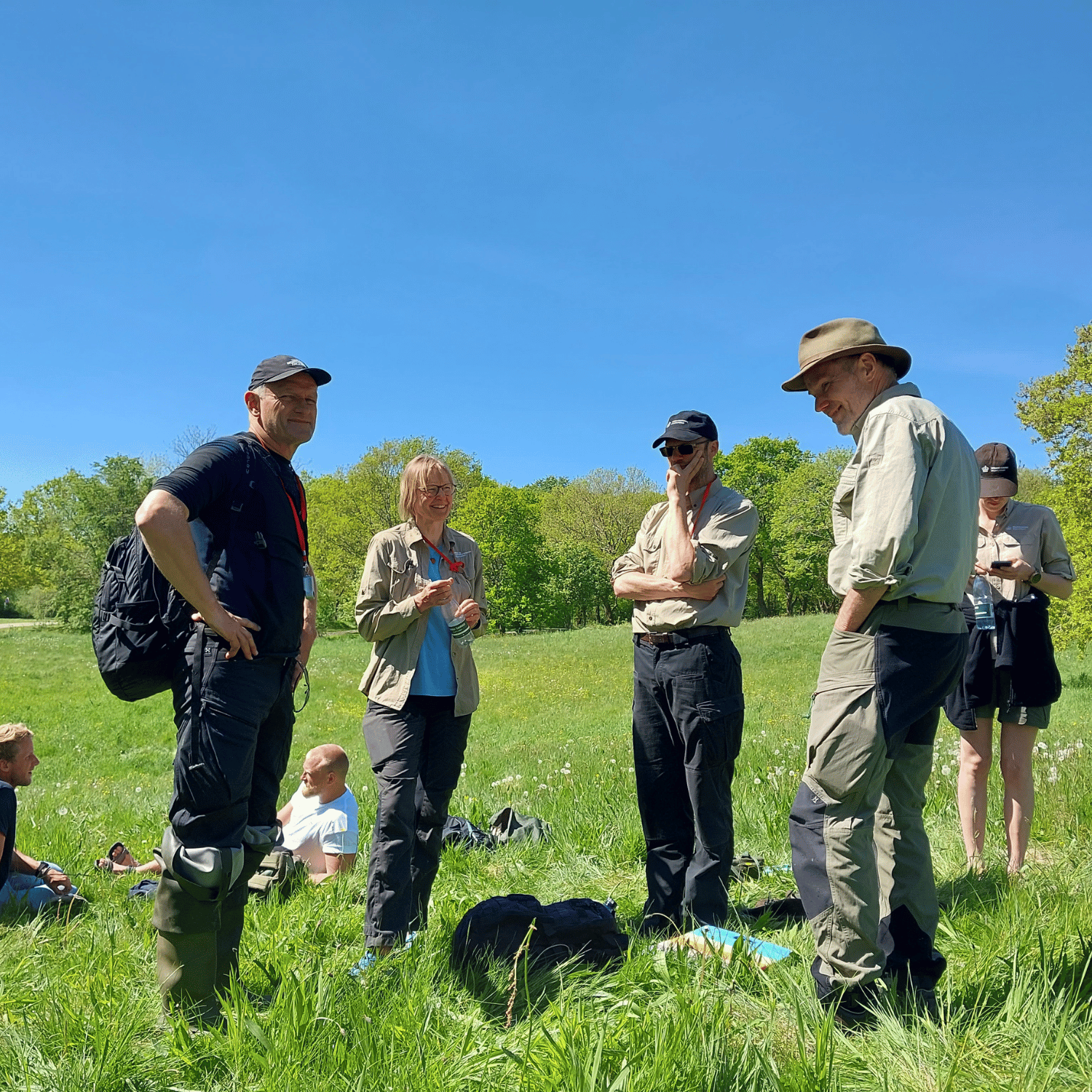
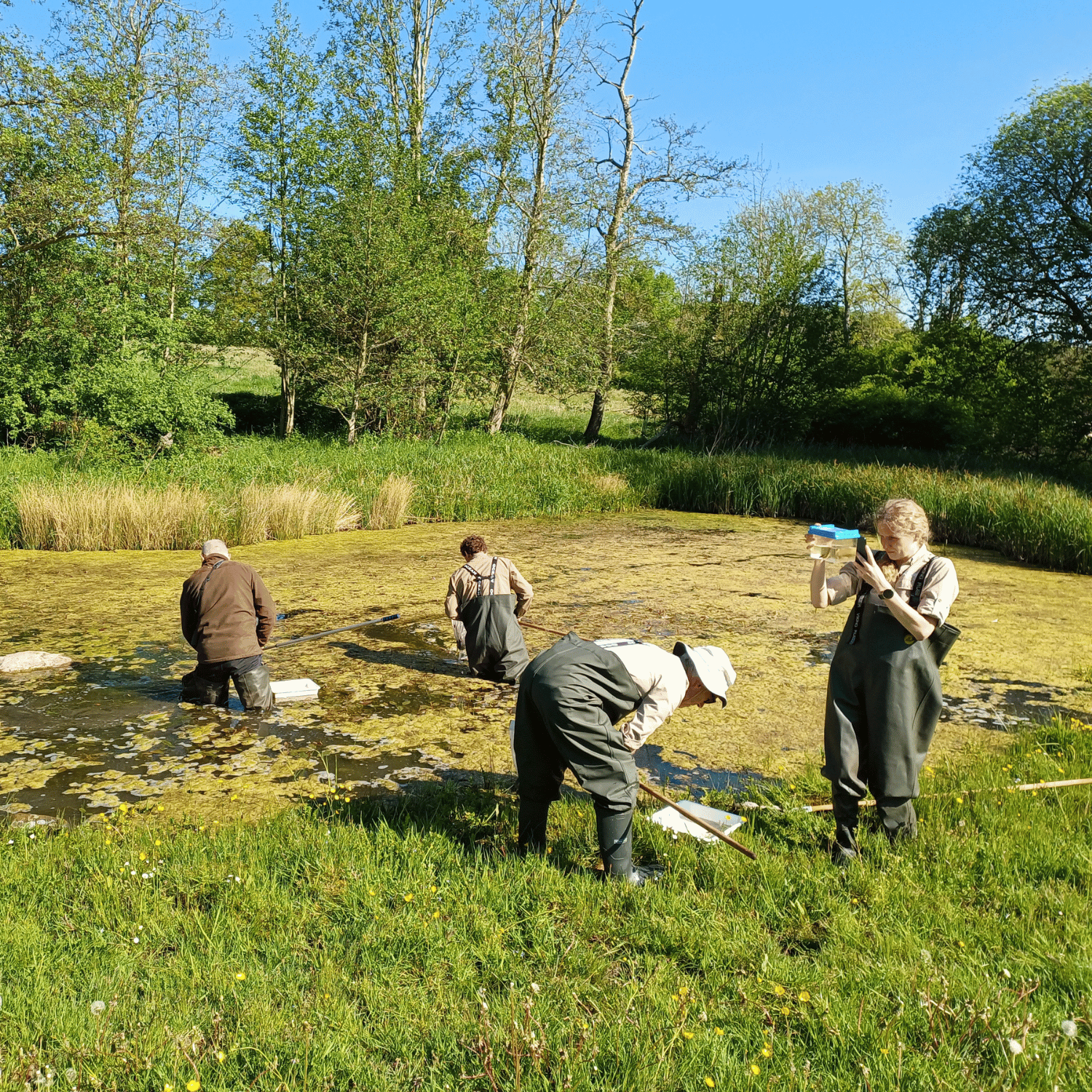
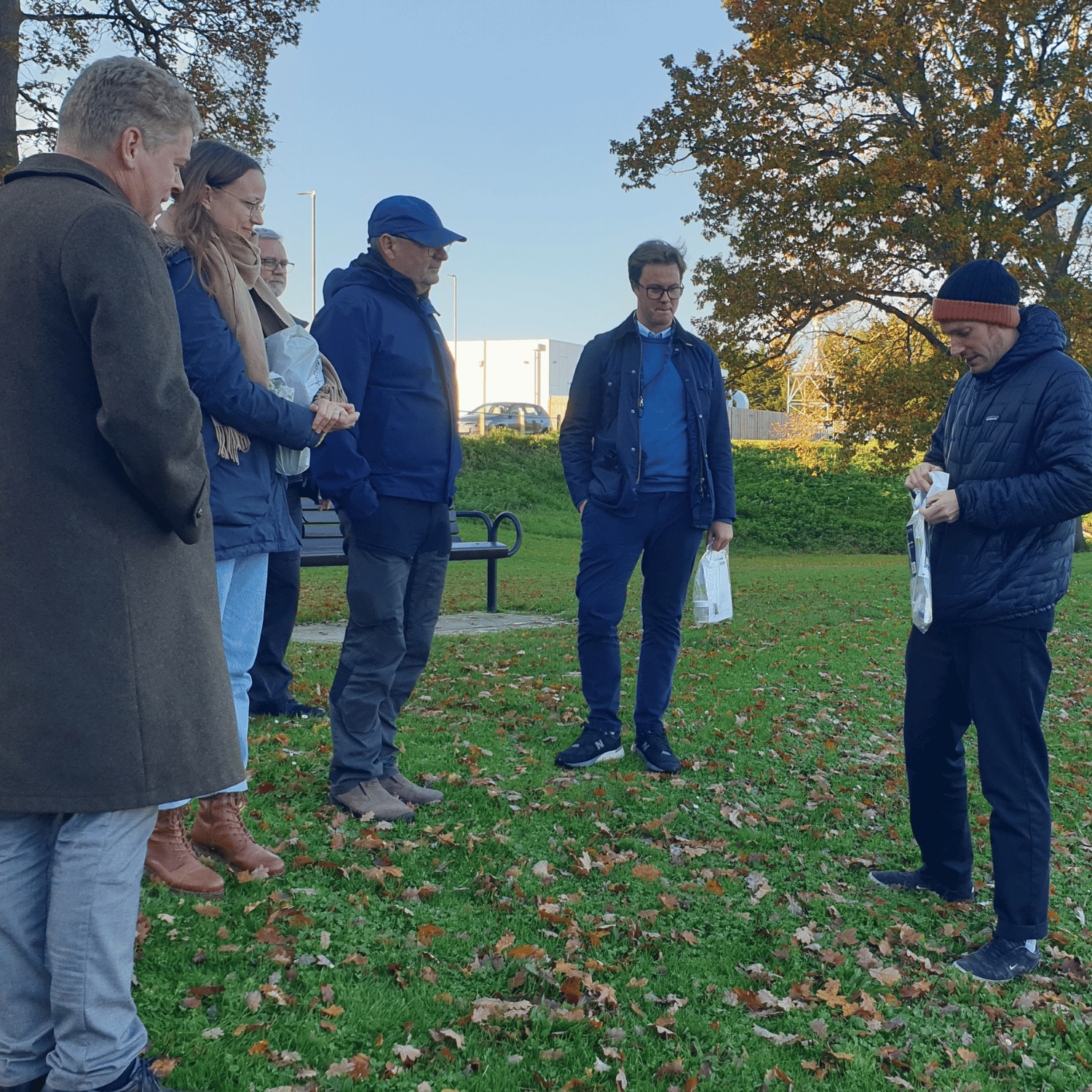
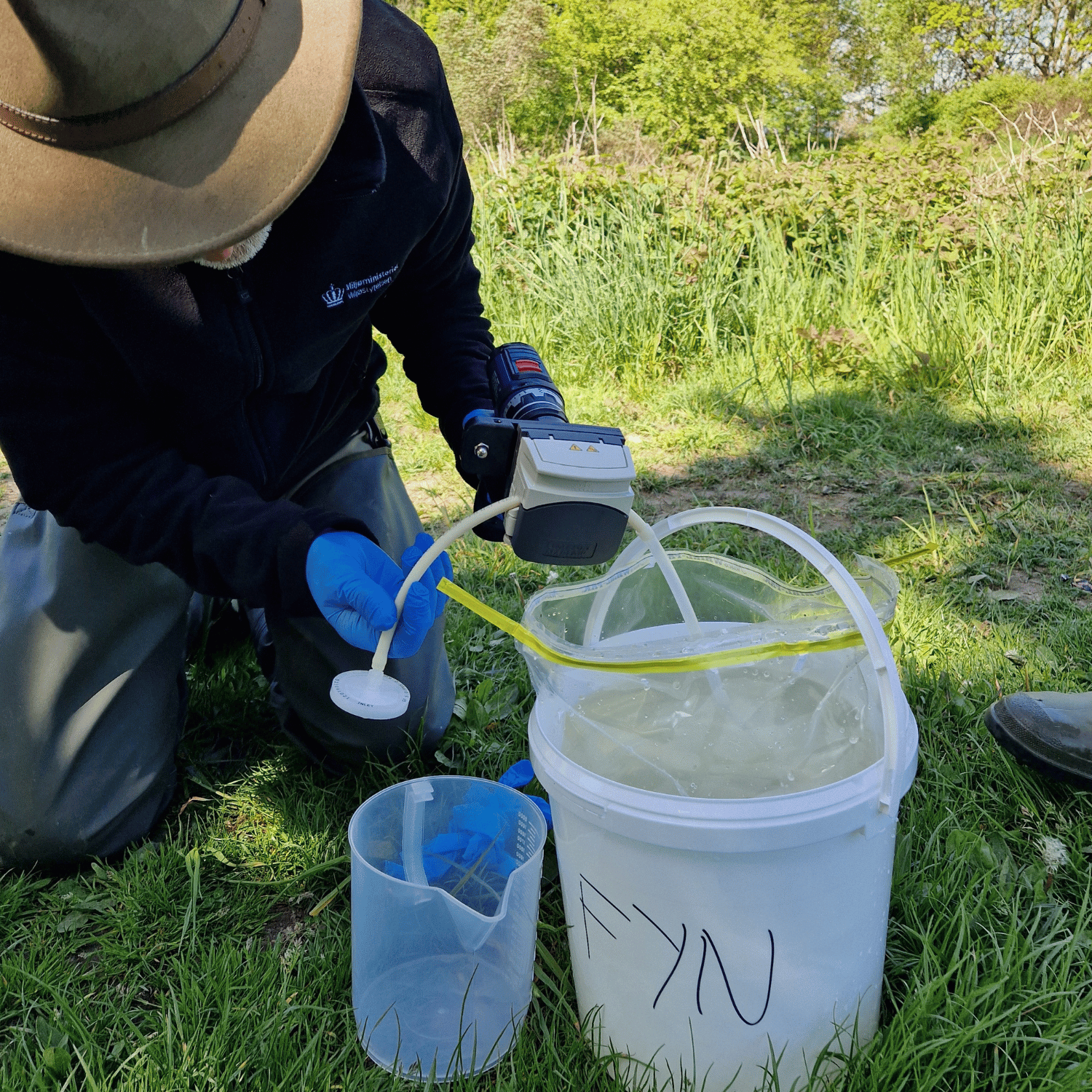
The Findings
The project generated a wealth of data across Denmark, with significant findings that validated eDNA as an effective monitoring tool for Great Crested Newts. Especially the qPCR results showed remarkably high correlation with conventional surveys.
The metabarcoding analysis revealed 398 distinct invertebrate taxa identified across just 21 samples, with an average of nearly 60 species per sample. This included two vulnerable diving beetle species (Dytiscus latissimus and Graphoderus bilineatus) that were targeted in the project. For vertebrates, the analysis detected 21 species across 13 samples, including amphibians such as moor frog (Rana arvalis), common frog (Rana temporaria), European tree frog (Hyla arborea), and great crested newt (Triturus cristatus), also targeted in the project.
Importantly, the project identified seasonal variations in detection efficacy for Great Crested Newts, with distinct patterns between May, and June samples. This provided valuable insights into optimal sampling periods, potentially extending the monitoring window beyond the traditional constraints. These findings align with NOVANA’s focus on qualitative species presence data, demonstrating that eDNA can supplement or maybe, in some contexts, replace field-intensive methods.
Katrine said, "One of our goals was to put the field method to a test on a large scale with several different samplers”. With parallel tests where the pond was monitored both with eDNA samples and the conventional monitoring method, the results showed that even with several field workers there was a high correlation between the findings with both type of monitoring methods, indicating that the eDNA-method is secure to use. “I still believe that the professional biological insights are important when gathering eDNA-samples so that the water isn’t collected in areas where the targeted species don’t reside”, Katrine continues. The combination of eDNA expertise and field experience is important, which the collaboration between NatureMetrics and the Danish Agency has confirmed.
The study also identified instances where eDNA detected species not found by conventional methods, and vice versa.
The technical success rate of the study highlighted the reliability of the methodology, with 100 % of samples successfully amplifying for invertebrates, and all but three samples for vertebrates, indicating the robustness of the methodology. This consistent performance across hundreds of samples collected by different field teams demonstrated that eDNA has high potential to be implemented at national scale, reliably detecting both common and rare species to provide a broader distribution picture of some of the monitored species than conventional methods alone, if the method at the same time results in being cost-efficient.

Jens Erik Lindgaard Hansen
Senior Advisor, Danish Agency for Green Transition and Aquatic Environment




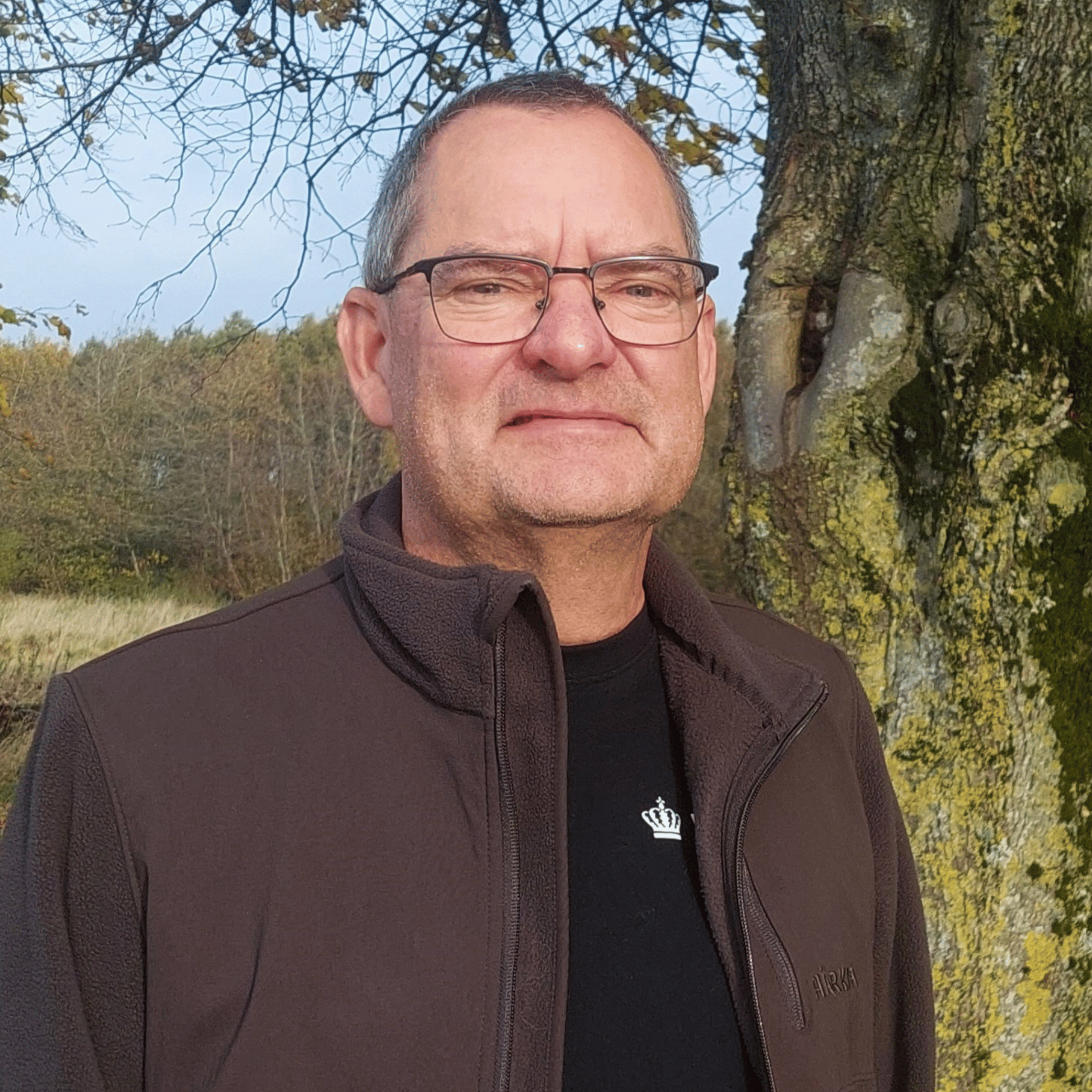

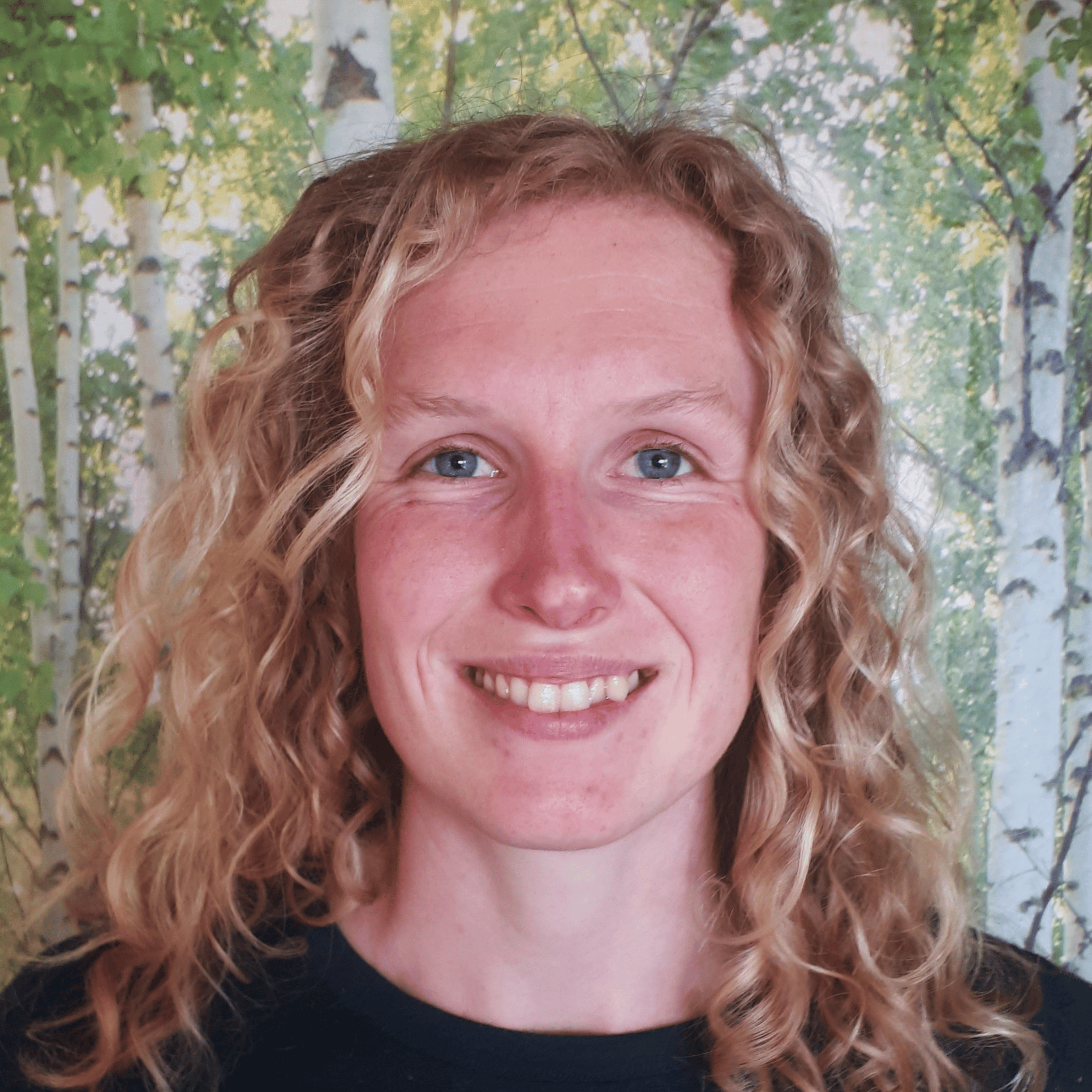
The Impact
The impact of NatureMetrics' collaboration with the Danish Agency has been profound. Not only has eDNA knowledge been shared, but the project has contributed to the agency's knowledge and skills to a potential new approach for national monitoring in Denmark, with possible impacts on both policy and practice and contributed to more informed decisions for amphibians nationally using eDNA.
The project confirmed several key advantages of eDNA technology for national-scale monitoring, that the Agency had aimed to investigate:
- Higher detection sensitivity: eDNA may increase the likelihood of detecting rare or elusive species, including those with small populations or limited seasonal activity.
- Process simplification and harmonisation: eDNA may offer potential to unify and streamline monitoring processes across regions and taxa, and may enable combining multiple programmes into one.
- Extended monitoring window: Fieldwork may be spread over more months, reducing bottlenecks in peak season and increasing flexibility.
- Resource efficiency: As methods scale and improve, eDNA may become more cost-effective than conventional approaches, enabling broader biodiversity assessments with the same or fewer resources.
The project has contributed to further input for potentially developing a technical guidance for integrating eDNA into Denmark's national monitoring programs. The agency is working on and prioritising a flexible, standard-based framework for eDNA monitoring rather than rigid protocol regulation, allowing for iterative improvements as methods evolve.
The clear demonstration of eDNA's effectiveness has shown to be crucial to build trust among biologists and decision-makers. As Jens Erik explained, "If we can convince our colleagues in the field that this method is good, and if it's a way to go, then we have already had a little success." By showing consistent correlation with conventional methods while revealing additional species, the project has created confidence in this new approach.
The findings have enabled operational improvements for the agency. eDNA sampling can now be conducted over a longer period than conventional programs, relieving pressure during peak monitoring months. As Katrine noted, this may be "less weather dependent" and potentially "less time consuming," allowing for more efficient resource allocation across the agency's extensive monitoring responsibilities.
Importantly, the work has led to enhanced detection possibilities for protected and rare species. For amphibians like the Great Crested Newt, eDNA has proven to be a reliable detection method. Katrine explained, “The agency faces new obligations in the near future with the European Commission’s Nature Restoration Regulation where monitoring of protected nature and species will be expanded from the Habitat sites to the entire country. We are considering whether eDNA can be used in this case either as the monitoring tool or as an initial screening tool to inform where traditional surveys should be focused. That said, much of this depends on the extent to which key contributors are able to support the development of competitive pricing’’.
Looking forward, the agency is now positioned to make evidence-based decisions about implementing eDNA more broadly as they are beginning to establish a platform for ongoing eDNA monitoring. The standardized approach allows for consistent data collection year after year, creating a long-term dataset for conservation decision-making, if the method is eventually adopted.
Ultimately, this project demonstrates how government agencies can begin to understand and in time integrate cutting-edge eDNA technology into national monitoring frameworks, serving as a model for other countries seeking to enhance their monitoring capabilities at scale.



.png)

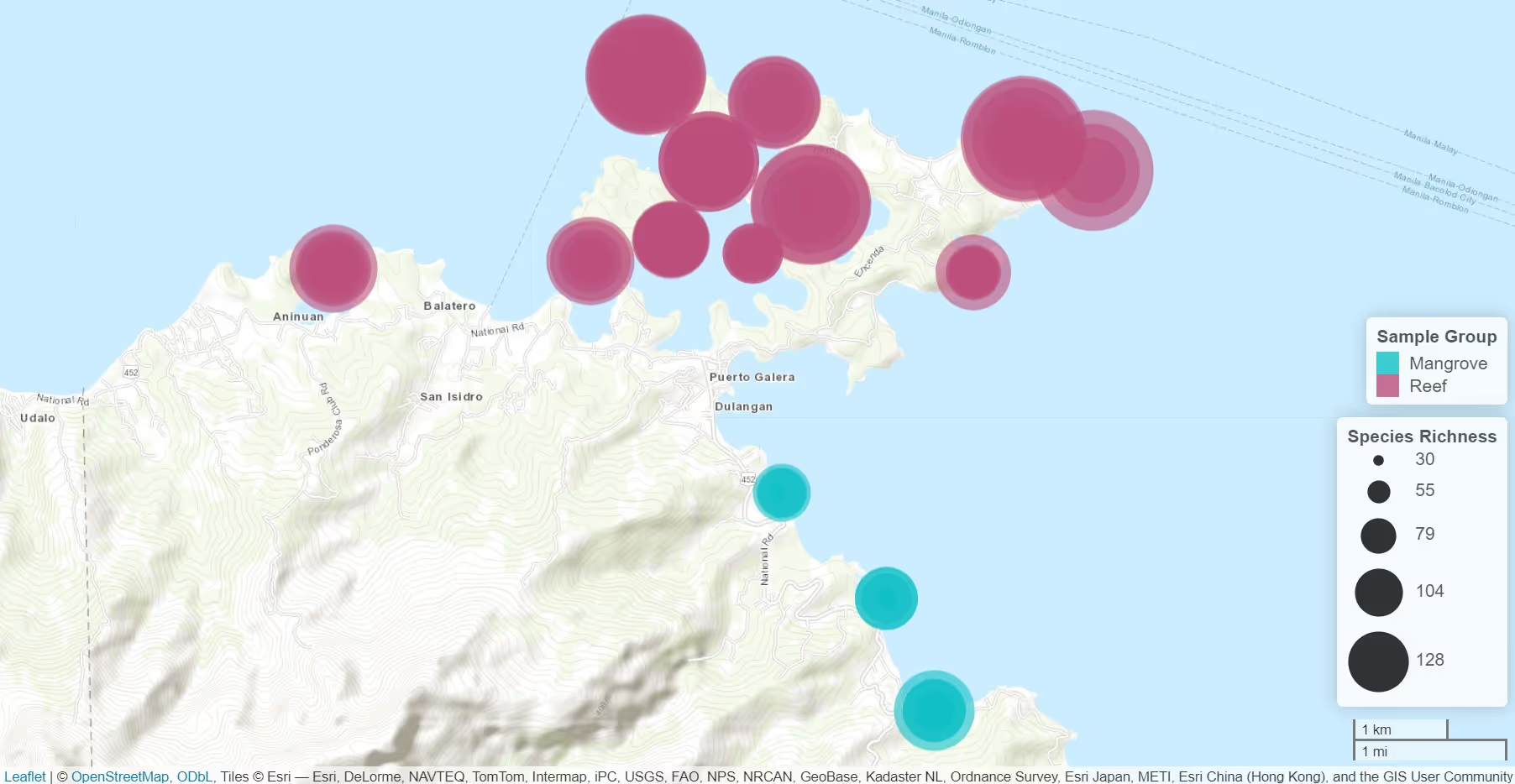
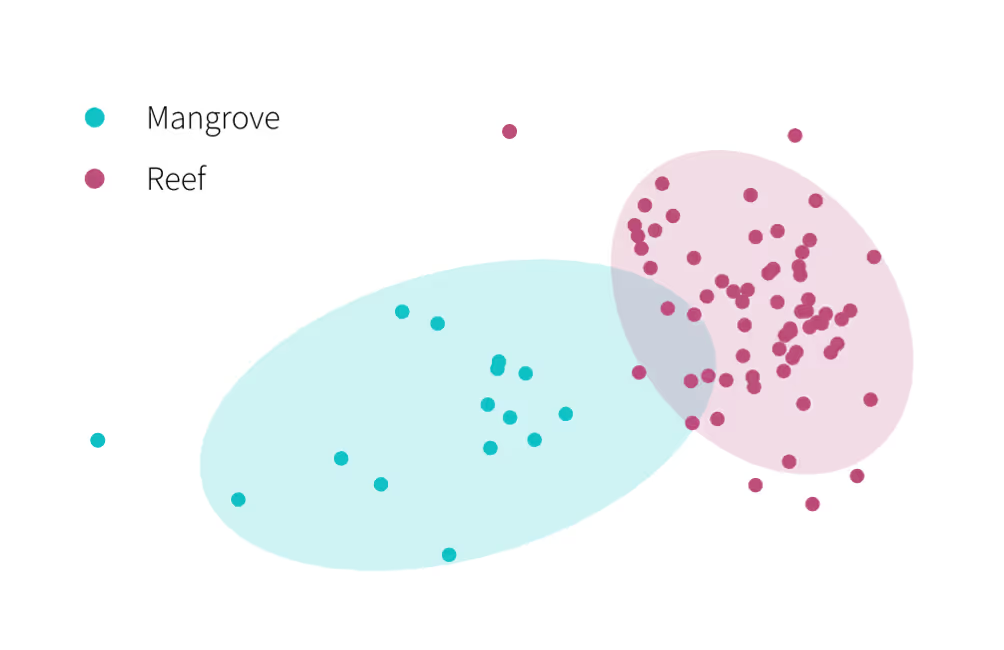
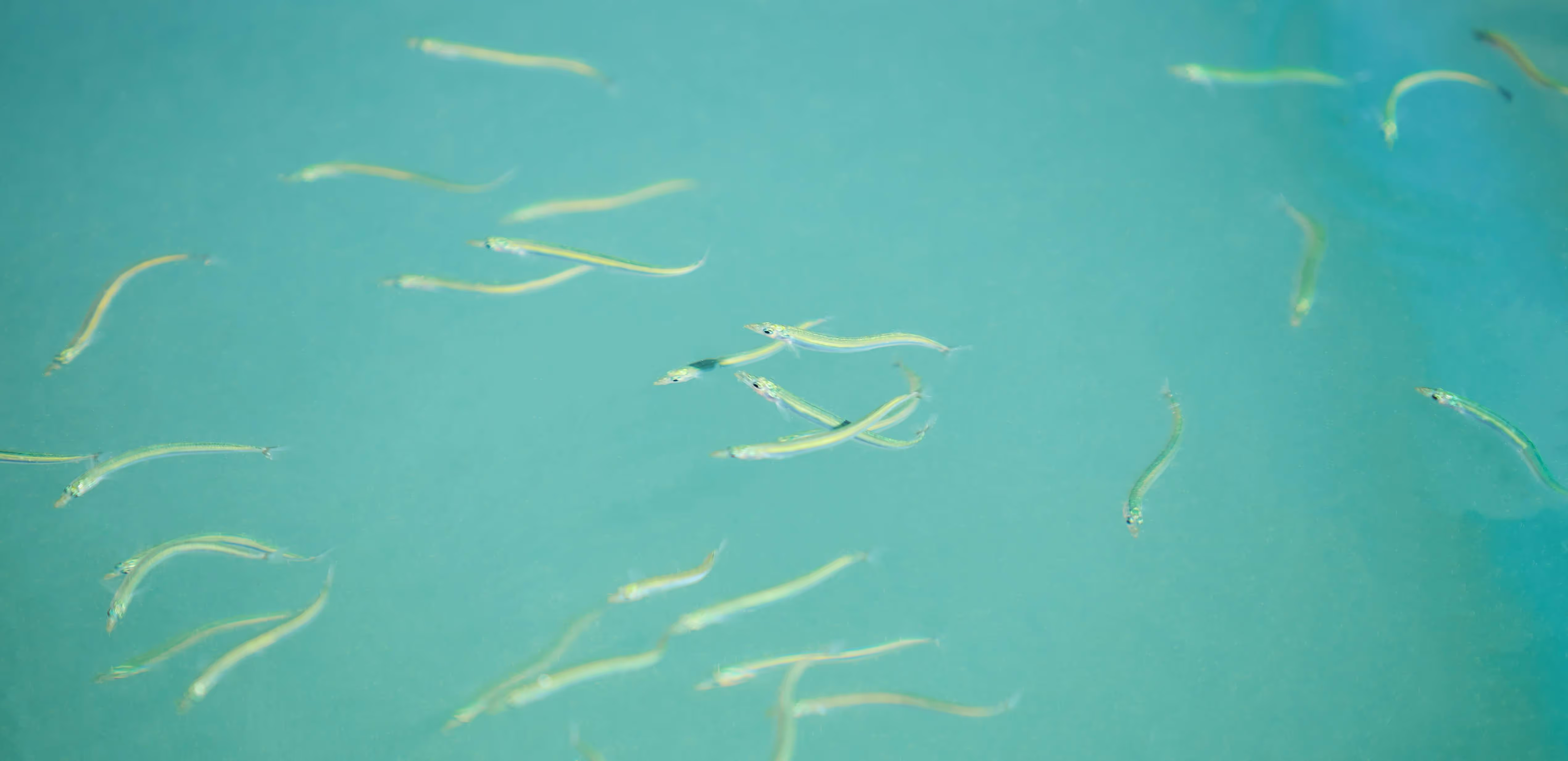
.avif)